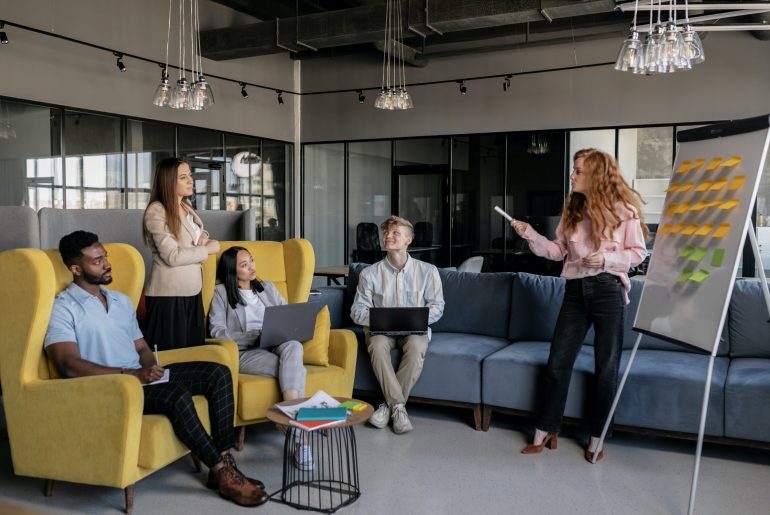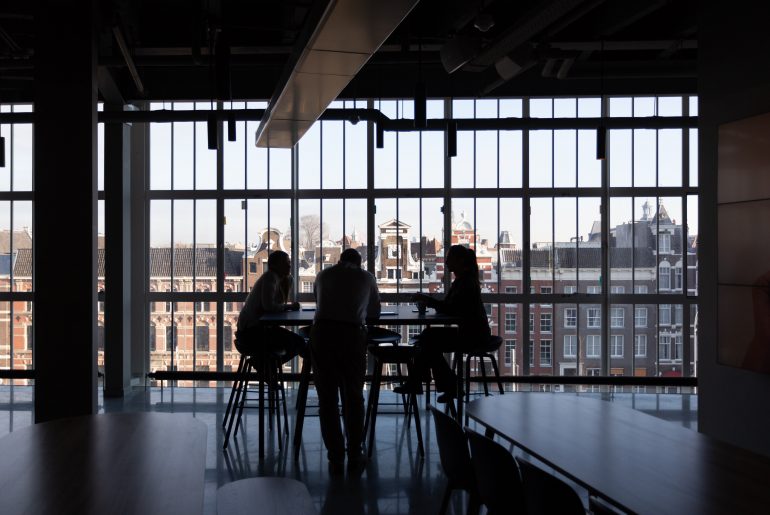Just take a minute to picture the environment of your workplace. What is the layout like? Are you required to get off your seat and walk to the printer located in a shared space, or do you scoot your seat to the end of the desk to retrieve that document? Are your colleagues or the partition in your line of vision? Is your workplace your home? The environment has a key influence on behaviour – including our sedentary and physical activity behaviour. The role of the workplace environment on movement behaviour was examined in a recent study by Holmes and colleagues. Here, the associations between workplace characteristics and movement patterns were examined in a group of 271 desk-based workers in the USA. The participants were part of a broader study that was conducted between December 2017 and August 2022, so the findings cross-over the COVID-19 period. They examined both physical workplace characteristics, such as the placement of office equipment, stairs, elevators, and access to common areas, as well as social characteristics, such as face-to-face interactions and workplace socialising. The workplace characteristics were measured by questionnaire, while the movement patterns were measured by an activPAL – which is a device attached to…
![]()








